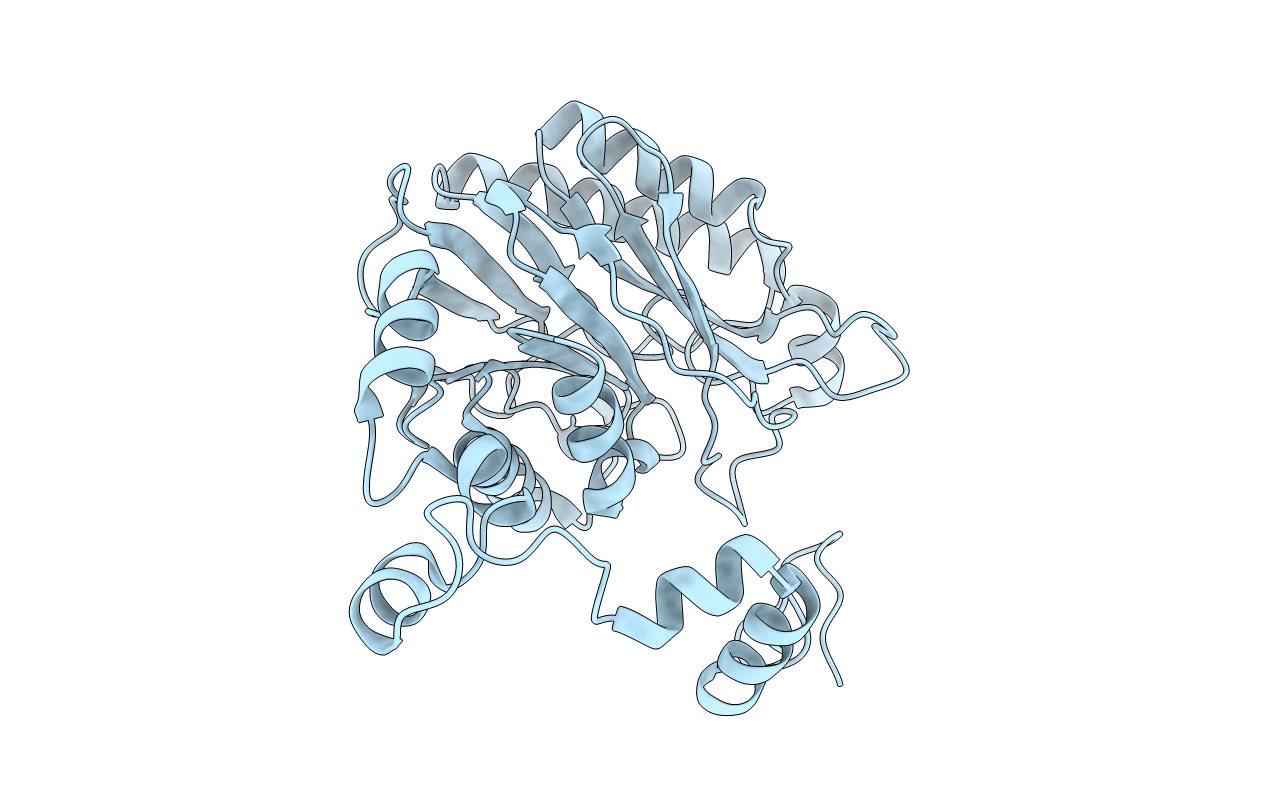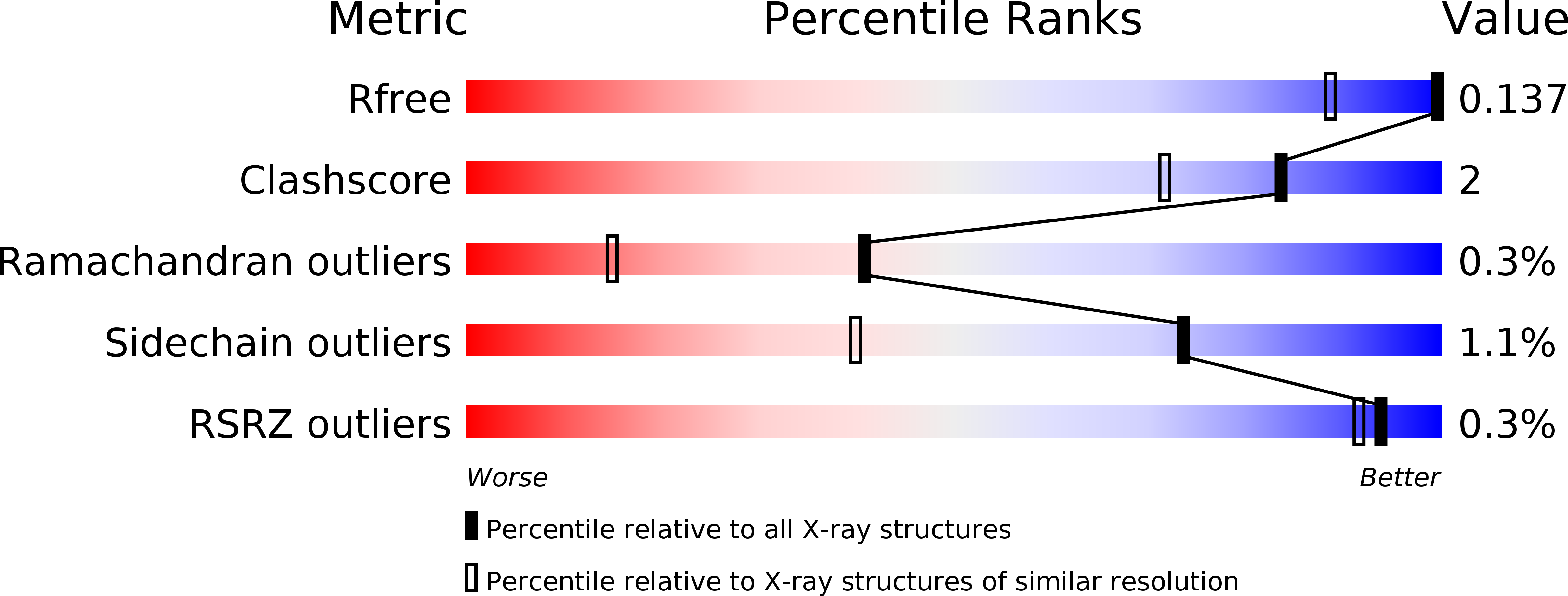
Deposition Date
2013-06-26
Release Date
2013-08-21
Last Version Date
2024-03-20
Method Details:
Experimental Method:
Resolution:
1.10 Å
R-Value Free:
0.13
R-Value Work:
0.13
R-Value Observed:
0.13
Space Group:
P 42 3 2


